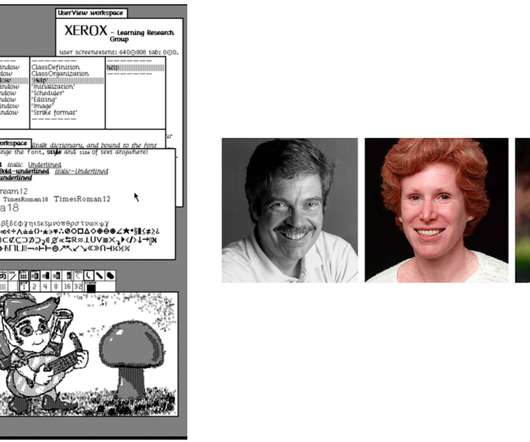Computer Science was always supposed to be taught to everyone, and it wasn’t about getting a job: A historical perspective
Computing Education Research Blog
NOVEMBER 26, 2021
My activities in computing education these days are organized around two main projects: Defining computing education for undergraduates in the University of Michigan’s College of Literature, Science, and Arts (see earlier blog post referencing this effort ); Participatory design of Teaspoon languages (mentioned most recently in this blog post ).











Let's personalize your content